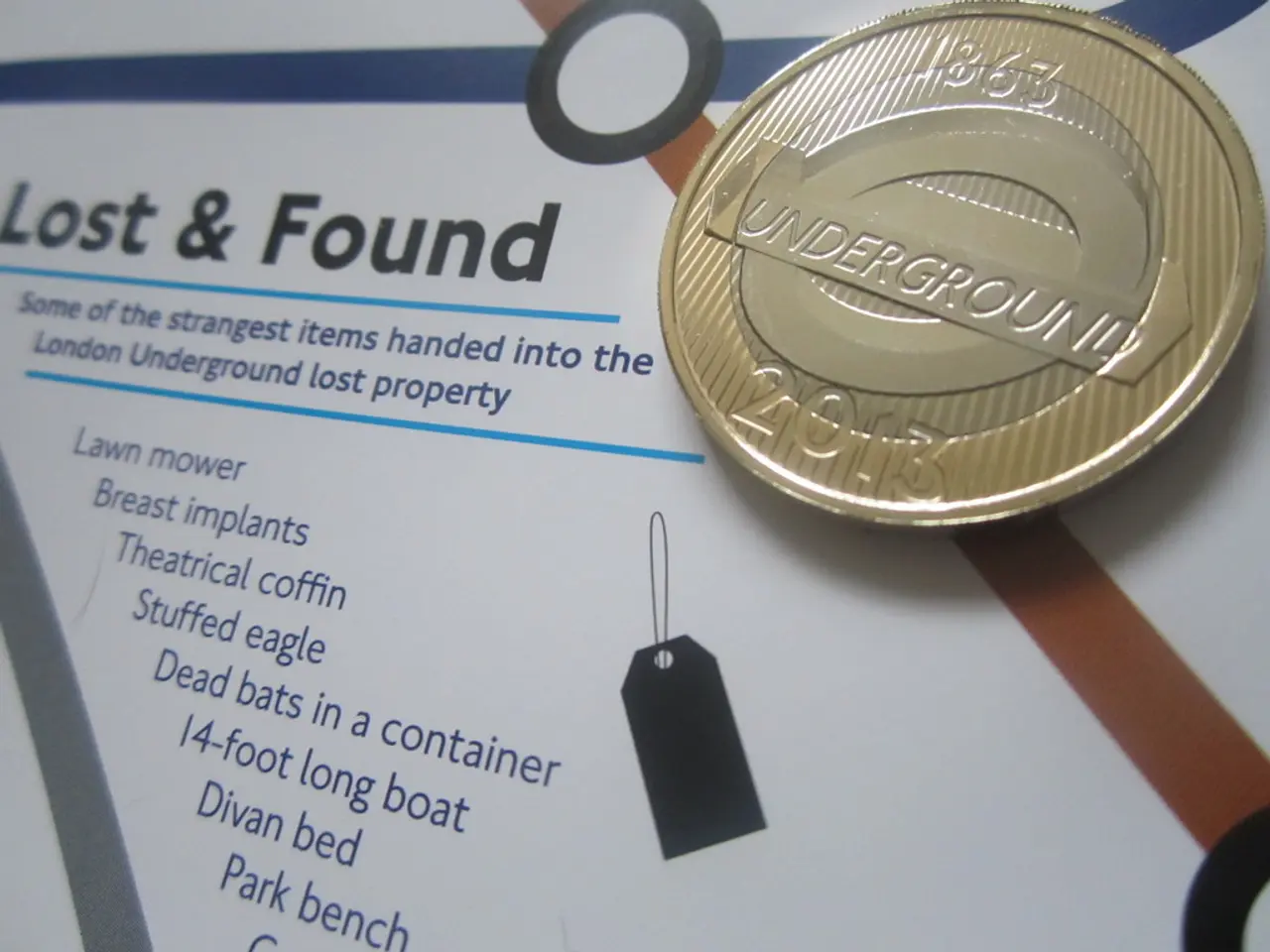Morocco's central bank delves into managing digital money for international payments
Morocco is actively progressing in its investigation of a central bank digital currency (CBDC), known as the e-Dirham, for both peer-to-peer and cross-border transactions.
**1. Peer-to-Peer Payments**
The Bank Al-Maghrib, Morocco's central bank, has successfully completed its initial test involving peer-to-peer retail payments. This trial focused on evaluating the feasibility and efficiency of using CBDCs for domestic transactions [2][3].
**2. Cross-Border Payments and Transfers**
In a significant step forward, the bank is currently conducting a second test in collaboration with the Central Bank of Egypt and with support from the World Bank. This joint venture aims to assess the potential benefits and challenges of using a CBDC for international transactions [2][3].
**3. Development and Research Phase**
Morocco remains in the research and preparatory phase for its CBDC. The CBDC Committee is diligently analysing technological, regulatory, and socio-economic implications to ensure a robust framework for the e-Dirham [4].
**4. Collaboration and Support**
The central bank is working closely with international organisations such as the IMF and the World Bank to assess the potential effects of a CBDC on Morocco's payment systems. This partnership is critical for developing a comprehensive strategy for the e-Dirham [3][4].
It is important to note that unlike cryptocurrencies, CBDCs are not decentralized and are controlled by the central bank. Cryptocurrencies have been banned in Morocco since 2017, and despite this ban, the public continues to use them underground [1]. The specific type or features of the CBDC under consideration by Morocco's central bank have not been revealed [5][6].
The governor of Morocco's central bank, Abdellatif Jouahri, announced the exploration of a CBDC by Morocco's central bank on Monday [7]. He also mentioned that a draft law on crypto assets is currently under review by the finance ministry [8]. This draft law, which is awaiting the adoption process, was previously shared by Jouahri at a conference [9].
The e-Dirham, if implemented, is intended for use in both peer-to-peer and cross-border payments, marking a significant leap in Morocco's digital currency landscape. The bank's ongoing tests and collaborations are paving the way for a potential future where digital transactions could become the norm in Morocco.
Technology plays a crucial role in the development of the e-Dirham, as the CBDC Committee is diligently analyzing various technological aspects to ensure a robust digital currency for both domestic and international transactions. Furthermore, collaboration with global financial institutions such as the World Bank and the IMF will provide valuable insights into the potential financial implications of the e-Dirham.




